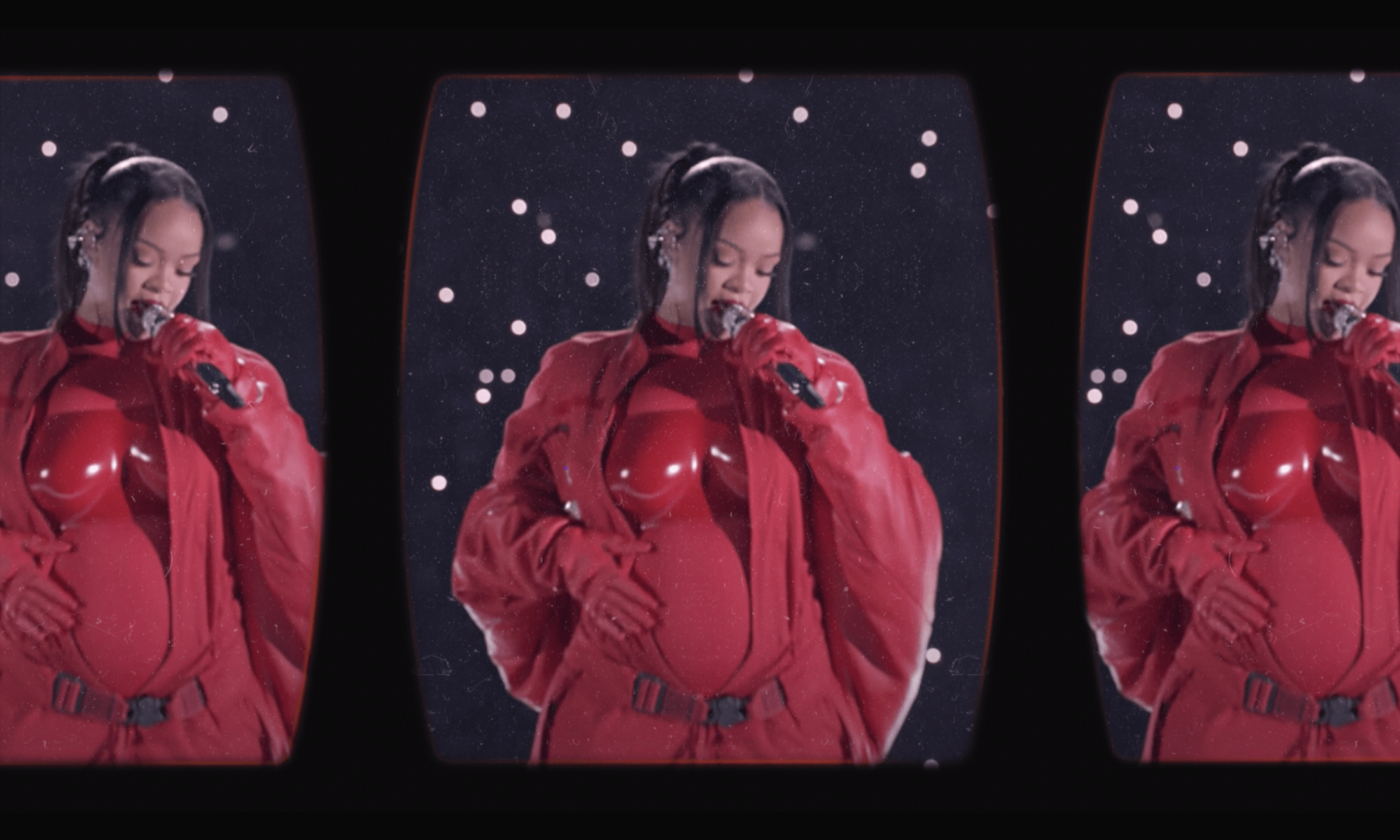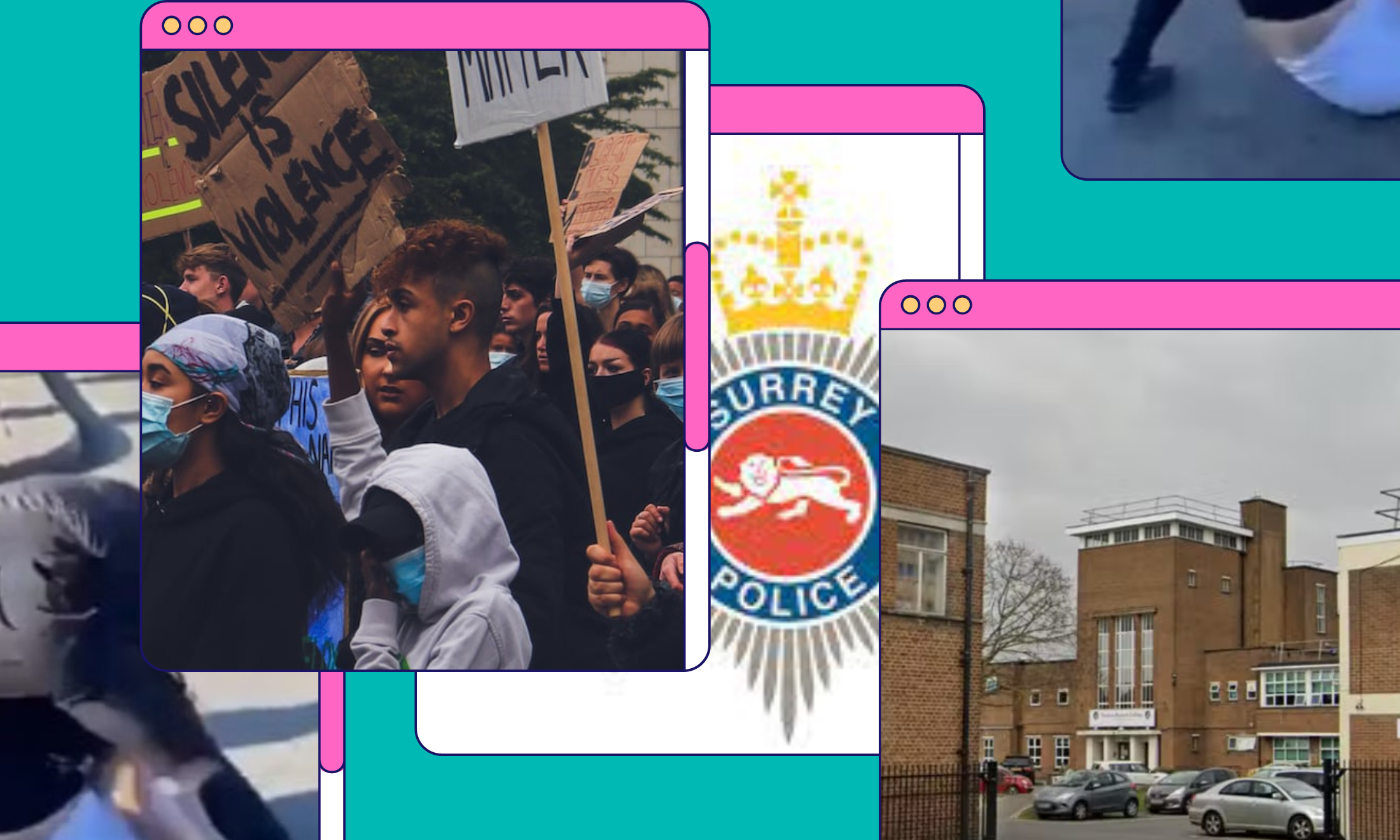
Lynch mobs, racially targeted beatings, police killings, shootings, ethnic genocide, emaciated African babies, slaves scarred from whipping -off the top of my head these are just some of the images teachers have shown me during my years in the British education system to “understand” the nature of racism. Black bodies in pain are a simple and short explanation for everything.
During our younger years at secondary school, our teacher grazed over the topic of the slave trade. It was a mere paragraph in the textbook which casually explained it as a factor in the Industrial Revolution of Britain. I distinctly remember my history teacher fumbling over her words; she couldn’t decide whether to use “coloured”, “African” or “black” to describe the enslaved people. One thing she didn’t hesitate with was showing us was the gaunt, shackled bodies of said enslaved people. There were illustrated diagrams demonstrating the layout of slave ships, which were filled to the brim with nothing but chained Africans. The features of the slaves in the boat were exaggerated to look distinctly African, and the illustrator had clearly taken the time to draw tiny afros on every slave. The pain of the black Africans in this image did all the talking that my white history teacher did not want to do.
“I had developed an armour for viewing black pain in predominantly white classrooms. Even if I felt uncomfortable, I just had to grit my teeth and get on with it”
Fast forward to upper school, and the same technique was used again so we could understand the American Civil Rights Movement. After all, it is a well-established fact that Martin Luther King framed a good proportion of his movement so that racial violence was brought to the forefront of television screens and newspapers, is it not? We looked at images of white crowds scream, attack, and throw objects at African Americans engaging in peaceful protests. We saw police dogs and waterpipes unleashed on African American protesters. It all functioned to show the vitriol and hatred white people had for black people “back in the day”. But no black pain was unjustified or too much; we looked at the lifeless hanging bodies of lynched black men, Emmett Till’s mutilated body and every other dead black body that could “explain something”. When I refer to “we” I mean an entirely white class, and me, the only black person. It was awkward, but my complaint could never be warranted. These were historical events and this black pain existed. I could not be offended seeing it because we had to be taught it existed.
By the time I reached my undergraduate degree, I had developed an armour for viewing black pain in predominantly white classrooms. Even if I felt uncomfortable, I just had to grit my teeth and get on with it. This time however, I had justified it differently, in line with my choice to study journalism and media. I thought of it as part of my degree topic. I thought I had to be shown footage of violent police brutality, racial harassment, and assault, so it was clear the press had reported the incident fairly. Or that I had to see starving Africans and images of bloodied brown corpses in war zones because this was the nature of foreign correspondence.
“This is the very nature of the racism, leading us to normalise and valorise these sorts of images”
We learned from other scholars that these images were problematic, and there were negative effects that came with viewing them over and over again. But nonetheless, the pain and victimhood of black and brown bodies continued as a resource mined for teaching. The images appeared persistently and casually. It was easier to opt for a teaching method that depended on the use graphic and blatant images of violence and horror to reassure that everyone racism is real and is horrific, than to fully explain it.
So, I never complained. I was always prepared to sacrifice my comfort and witness people that looked like myself or my family being abused or killed. Instead of allowing myself to feel uncomfortable with the sight of suffering, I had made myself accountable for finding images of black pain a distressing sight. This the very nature of the racism, leading us to normalise and valorise this kind of imagery. There is no accounting for how dehumanising it is to have to display your suffering to prove it. Instead the priority is set on using this pain as evidence to validate its existence to those who don’t experience it.
“This expression instills fear and utters ‘you don’t belong’ or ‘you could be next’ to other black people”
The issue only became clear when my ability to view it was obstructed by my lecturer. Shortly after a seminar, the lecturer informed me that the next lecture would contain content that is racist, but vital for the understanding of the topic overall. There was a clear message from this conversation; I would experience discomfort in a way that differed from the rest of the group, and this problem was recognised. The content of the lecture would be sent to me. The decision to as to whether I would attend, and experience discomfort was mine. He concluded, “I hope you don’t think it inappropriate.” At the time I did consider it inappropriate. I didn’t attend the lecture, but I felt like I had given off an impression that I was overly sensitive and easily offended. I had watched worse things in other modules. I had been subjected to the experience so much that I wanted to prove I could “take it”. I did not want to prioritise the idea that I had experienced, seen and knew the very nature of racism.
But black pain is used in education because it is used everywhere. Television, film, and the news have all used black people’s torture, pain, and ridicule as a resource for dramatic effect since its advent. Overt racism also uses black pain for dramatic effect; a person who inflicts pain on a black person intends to express their racial hatred. This expression instills fear and utters “you don’t belong” or “you could be next” to other black people. When this is displayed on a screen, in a lecture hall of predominantly white institution, to “inform” or “shock”, it simply accentuates the otherness of those who already know of it.
When calls to decolonise a curriculum are made, this is part of what marginalised students are calling to be removed; teaching that prioritises “demonstrating” to white middle class students that racism is violent, without acknowledging how it has consumed a sensitive, painful representation of blackness. Recognising discomfort with these images means that the dominant ways of consumption are challenged, and restricted access to black pain puts the burden of explanation on someone else. Given how many black students are involved in the education system, a teacher who challenges the dominant white viewpoint of education should not be a rarity or a surprise.









